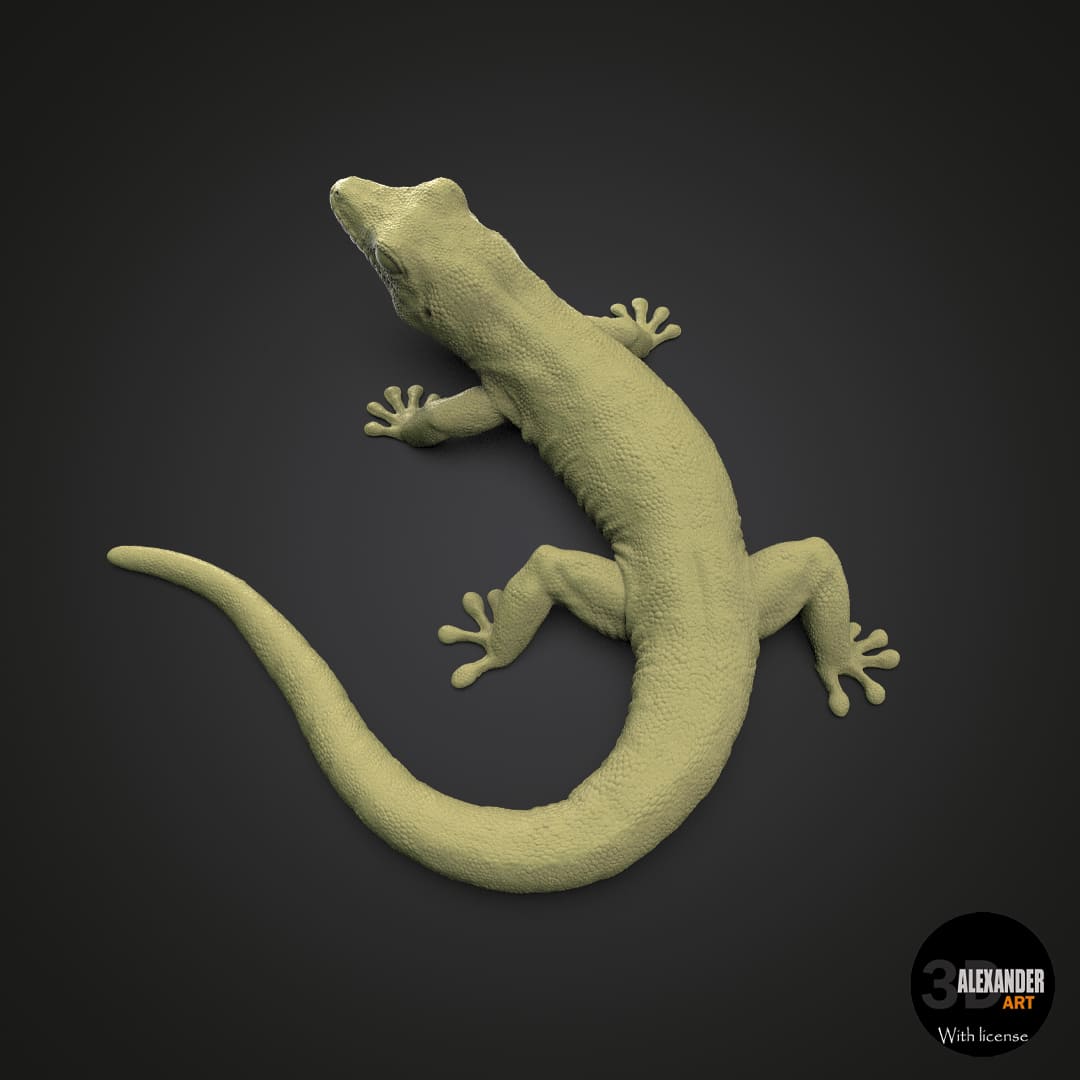
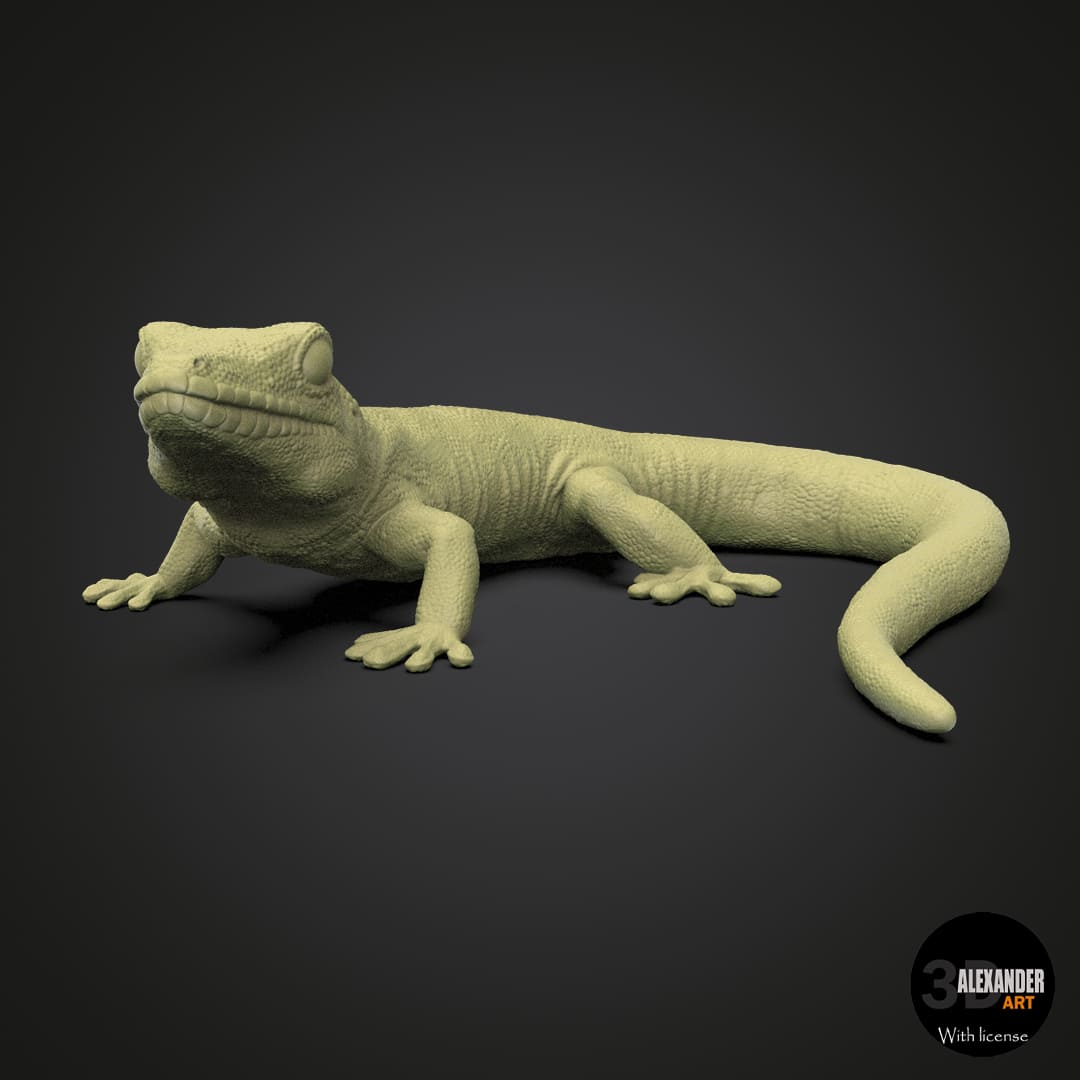
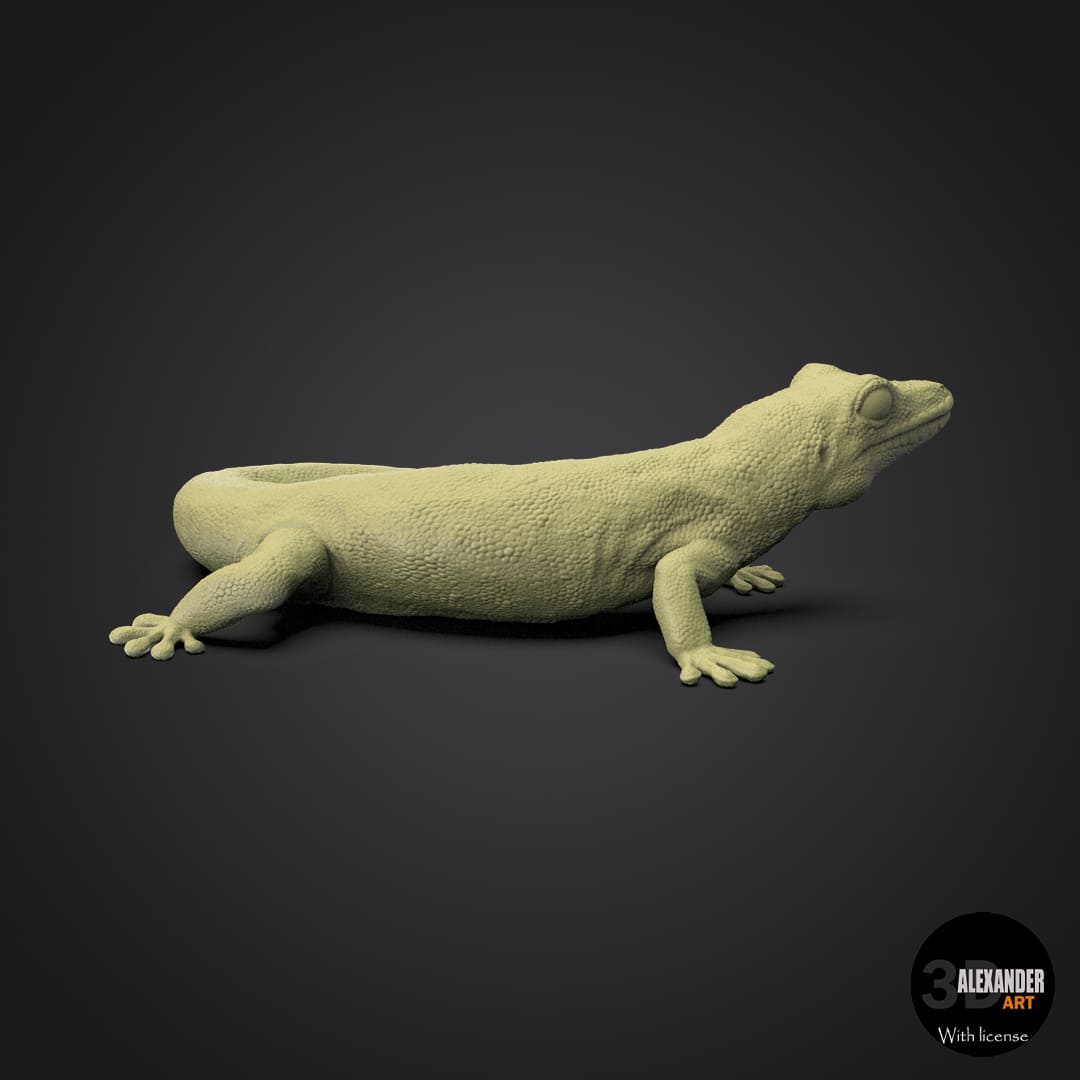
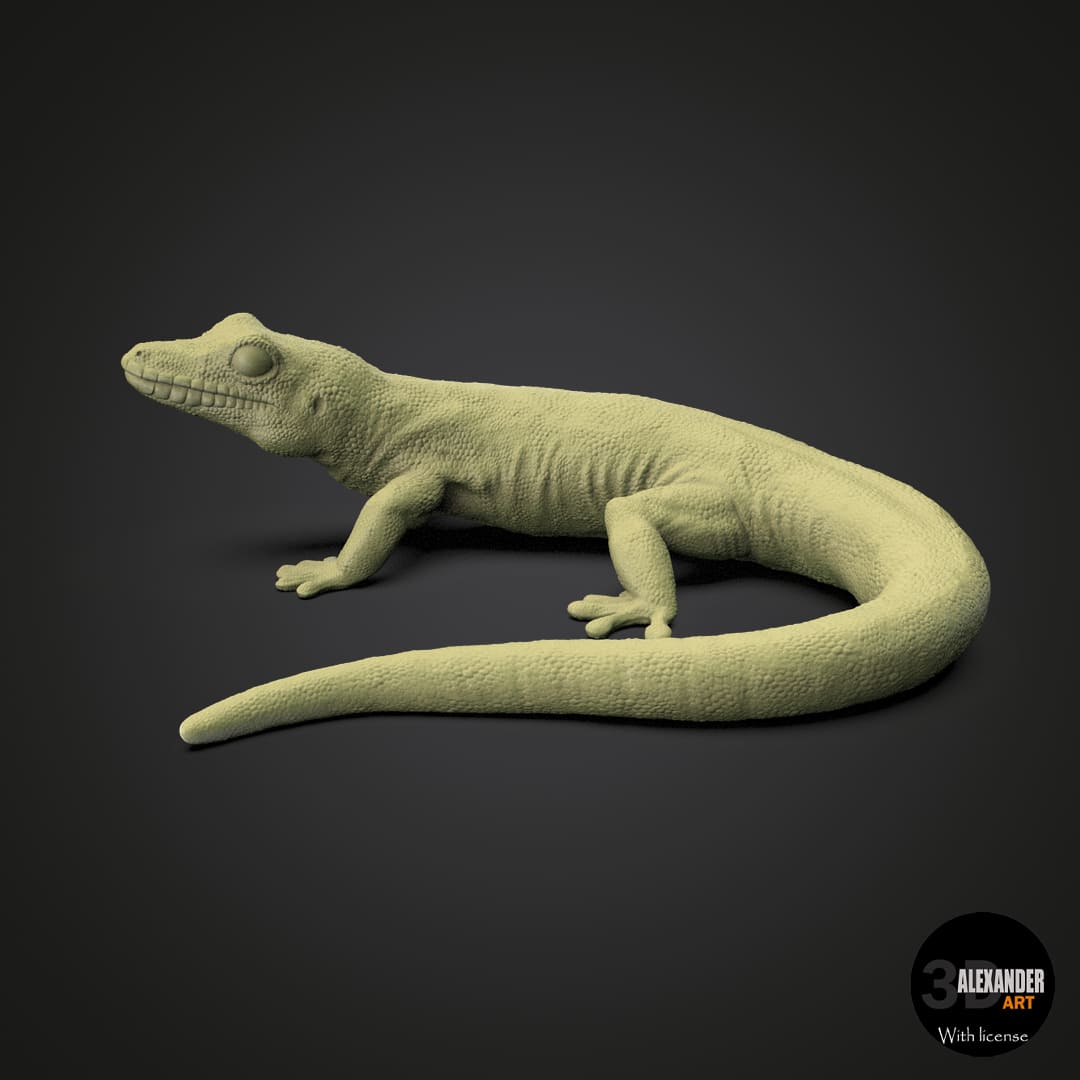
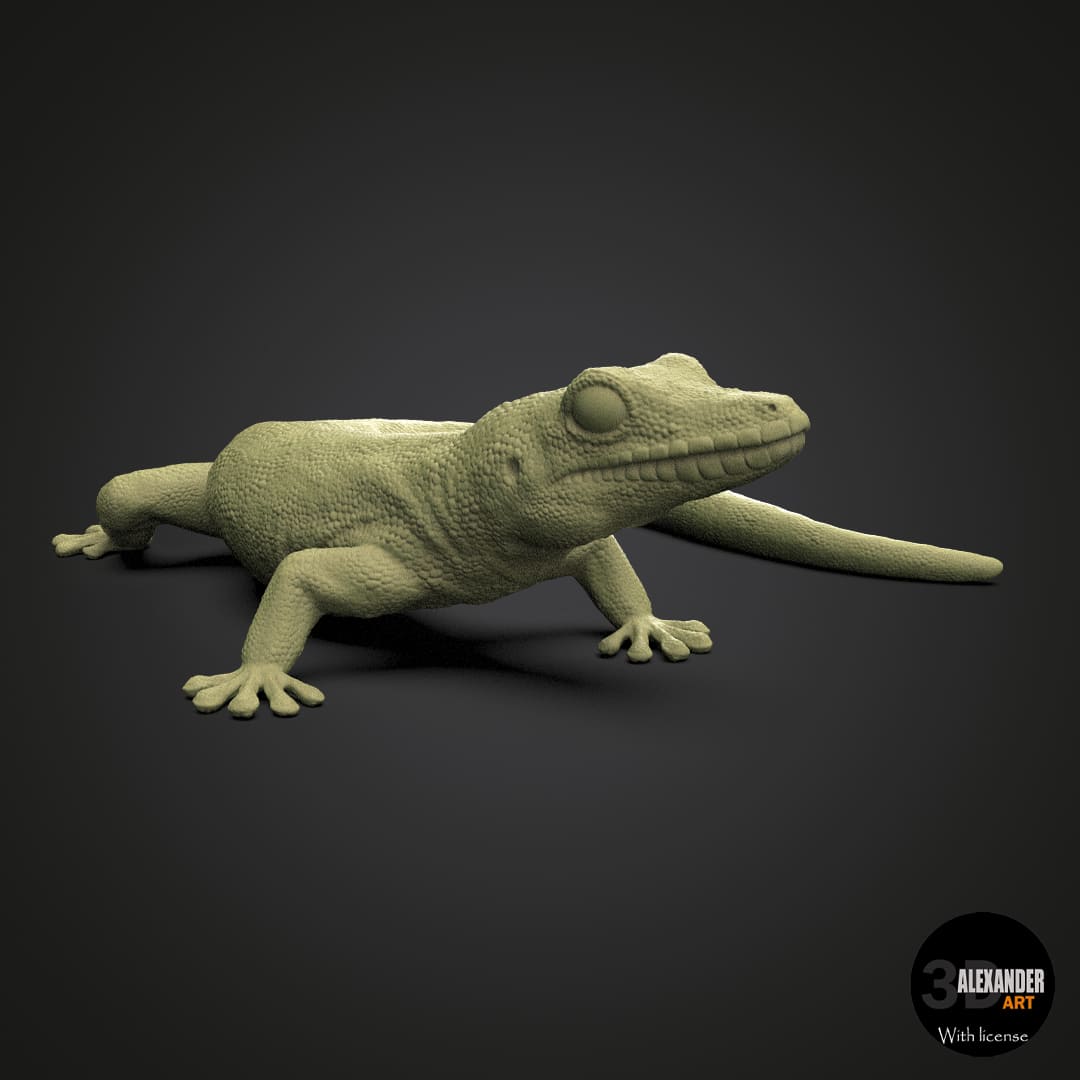
Phelsuma madagascariensis (day gecko)
Do you want another scale?
Contact us and we will make it possible!
How will you receive your replica?
In the unprimed and primed variants, you will receive the complete replicas except for the large models, where you will receive an assembly kit.
In the hand-painted variant, the replicas will be delivered complete.
How does the painting service work?
We created a private chat for you where you will have direct communication with our painter , being able to choose your preferred color schemes and follow the hand painting process closely.
Pairs well with

Phelsuma madagascariensis (day gecko)
If you have any questions, you are always welcome to contact us. We'll get back to you as soon as possible, within 24 hours on weekdays.
Shipping Information
Visit our shipping policy page to find all the information.
Customer Support
Give us a few details and we’ll offer the best solution. Connect by chat or email.
We are available 24/7.
FAQ’s
Visit our FAQ's page to find answers to common questions.
Contact Us
We'd love to hear from you. We are here to help. Visit our contact page to send us a message.
Product details
Physical characteristics:
Size: It can measure between 20 and 25 cm in total length, making it one of the largest day geckos.
Color: This gecko is known for its striking bright green coloring on most of its body, although some individuals may have a more turquoise or even blue tone in certain areas.
Markings: Along their back and head, they usually have red or orange markings in the form of spots or lines. On the dorsal part, these markings are more visible and can have different patterns.
Eyes: The eyes are large and round, with motionless eyelids. They have a vertical pupil, which is common in gecko species.
Feet and toes: The toes on their feet are adapted for climbing, with adhesive pads that allow them to walk on smooth, vertical surfaces, such as leaves or glass.
Behavior:
Diurnal: Unlike many other geckos, this species is active during the day, allowing it to hunt insects and small invertebrates in full light.
Territoriality: Males can be very territorial, especially in the breeding season, and it is common for them to defend their space from other males.
Diet: They feed mainly on insects, spiders and other small invertebrates, although they also consume nectar and ripe fruit, making them opportunistic omnivores.
Habitat:
Distribution: It is endemic to Madagascar, where it mainly lives in tropical and subtropical forests, both in lowland and mountainous areas.
Living habits: It prefers areas with abundant vegetation, such as trees and bushes, where it can easily climb and hide from predators. It is also common to find it near human areas, such as gardens and plantations.
Reproduction:
Eggs: Females usually lay between 1 and 2 eggs in a protected place, such as among dense vegetation or under the bark of trees.
Incubation: The incubation period for eggs can last between 40 and 60 days, depending on the ambient temperature.
Conservation:
Although it is not classified as an endangered species, the destruction of its habitat in Madagascar and capture for the pet trade may pose a threat to some populations.
Approximate measurements of the Gecko:
- Scale 1:1 Complete
- Length 108 mm
- Height 32 mm
- Width 98 mm
- Snout-tail length 220 mm
Information about aftershocks
Collector's item ; Hyper-realistic replica, highly detailed and with a high degree of scientific precision.
Made to scale, prototyped in resin and with a scenic base in most of the models offered. If you like miniatures, both for collecting and for painting, we offer you a wide variety of scale replicas; All of them related to dinosaurs, extinct prehistoric fauna and current fauna.
So if you love dinosaurs and animals as much as we do, this is your favorite store to collect and paint them :)
We are authorized distributors of all the replicas and figures we offer. We use 3D printers with 8K - 14K resolution, and high-quality resins with additives to improve hardness and flexibility, thus offering replicas of impeccable quality.
Different scales will be used to make the replicas (depending on the size of the species), although we are open to making other suggested scales upon request as long as they fit in our printing trays, for which you will have to contact us via email and request the required size.
Replicas are supplied with the option of airbrush priming in dark grey. If you require another colour, please let us know which one you prefer in the box with special instructions for the seller. Without priming, we do not guarantee that the resin will accept paint.
We also offer the option of choosing a professionally painted replica, which is agreed upon throughout its development with the painter, through a private chat available.
Complete replica (one piece): We supply complete replicas in those models that are small, and models that are medium, large or not very bulky, will have the prerogative of being presented as a complete replica or assembly kit as the case may be.
Complete replicas will be supplied separately from their base.
Replica assembly kit: We supply replicas whose models are large, very large or bulky, only with this option.
The indicated replicas (generally composed of base, head, body and tail) will come prepared for the subsequent assembly that will be required by the client, by sanding, putty, adhesive or technique chosen by the client.
All replicas are thoroughly inspected before shipping and will be carefully packaged to prevent damage during transport.
Information about the models
The poses of the models aim to represent each character in the most scientifically viable way, thus revealing the life and customs of prehistoric and modern fauna.
Each character has its own personality and develops in different life scenarios; birth, adolescence and play, hunting, feeding, fighting, courtship, death and many other scenes from their daily life, always from the creative perspective of their designers.
Handmade
All orders are individually prepared on the cutter for subsequent prototyping, obtaining a resin part that will require post-processing by manual and ultrasonic cleaning, support removal, ultraviolet curing, labeling and packaging.

We are authorized distributors
We offer both our own physical replicas and those that have been modeled by many of the best 3D designers, in order to offer you the greatest possible variety.
Frequently Asked Questions
If you have any questions about products, orders or shipping, please read our FAQ page to learn more.

